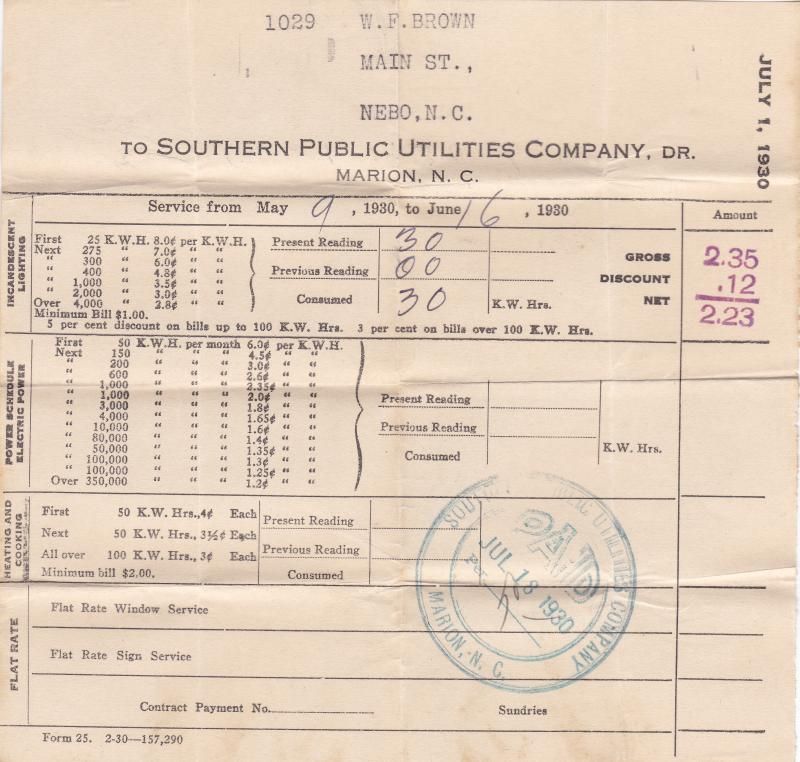- Messages
- 4,477
- Location
- Shenandoah Valley, Virginia, USA
I love a good mystery. I also hate a good mystery that I can't figure out.
In the "front room" of my house (built 1907), there are two sets of holes in the floor along the back wall of the room. The holes are about 1/4 inch in diameter and each about an inch or so apart, with the second set about five feet from the first. I spent a lot of time in this house growing up (used to spend every summer here with my grandmother and aunt), but never noticed them until about two years ago. Now, there is absolutely no one left to ask what they were for.
I guess some mysteries are never to be answered.
Me too. So I'll tell you what I think the trap door is.
It's known that the city south of this house was a known stop on the underground railroad according to newspapers in the 1850s (Owego). Local newspapers in the 1890s in Harford NY (two miles from the house) list a person there as a former abolitionist and conductor. Local forklore suggests one of the closer villages (Richford, 3 miles) was also very active. This house lies on the main road between Richford and Harford originating in Owego.
Since the house was built after the Missouri Compromise, it is possibility it was connected. The lady of the house was originally from Richford, the man from Harford. Now, because there was fear of prosecution for involvement even decades later, we don't know the vast majority of people who participated.
What's weird about the door is that I got nothing from it. One would think it would give off some sort if physic thing, as such a place experienced strong human emotions- fear, resistance, triumph. I do believe the house has spirits, and I've been visited by a woman (the scent of perfume came out of nowhere) when stripping this floor. I've had that happen once before, years ago when working on the back stairwell (not stripping). It's not the smell of the stripper as I've not had it happen again, despie working in that same room and others.
But everybody who finds something weird in their house thinks it's something, but chances are it isn't.





